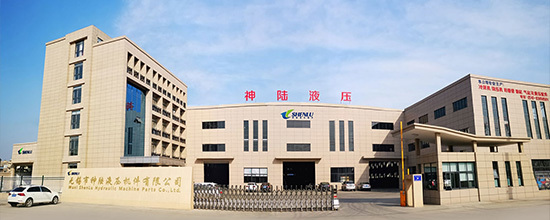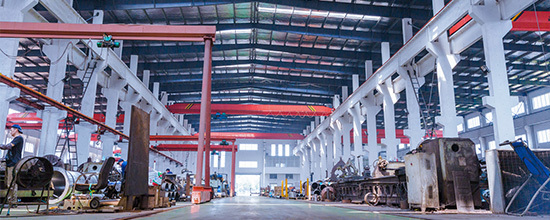-
About Us

-

-
-
-

NEWS
Detailed introduction and working principle of hydraulic cylinder
Release time:
2025-05-17
As an important actuator in the hydraulic system, the hydraulic cylinder is widely used in many fields such as engineering machinery, metallurgical equipment, shipbuilding and automated production lines. Its core components include cylinder barrel, cylinder head, piston, piston rod and sealing device.
During the working process, the hydraulic cylinder converts the pressure energy of the hydraulic oil into mechanical energy to achieve reciprocating linear motion or swinging motion. When the high-pressure oil enters the rodless chamber or rod chamber of the cylinder through the oil inlet, the pressure of the oil acts on the effective action area of the piston, pushing the piston and piston rod outward to complete the working stroke. On the contrary, when the return oil channel is opened and the oil in the cylinder flows out through the return oil port, the piston and piston rod return to the initial position under the action of the load or spring force to complete the reset stroke.
This process relies on a precise sealing structure to ensure the sealing of the oil and the stability of the system. At the same time, the design and material selection of the hydraulic cylinder also need to consider factors such as its working environment, load size, movement speed and service life to ensure its reliable operation.
Previous
Previous:
Related News
Piston rod performance characteristics
2025-05-23
Basic Knowledge of Steel Pipes
2025-01-09
COOKIES
Our website uses cookies and similar technologies to personalize the advertising shown to you and to help you get the best experience on our website. For more information, see our Privacy & Cookie Policy
COOKIES
Our website uses cookies and similar technologies to personalize the advertising shown to you and to help you get the best experience on our website. For more information, see our Privacy & Cookie Policy
These cookies are necessary for basic functions such as payment. Standard cookies cannot be turned off and do not store any of your information.
These cookies collect information, such as how many people are using our site or which pages are popular, to help us improve the customer experience. Turning these cookies off will mean we can't collect information to improve your experience.
These cookies enable the website to provide enhanced functionality and personalization. They may be set by us or by third-party providers whose services we have added to our pages. If you do not allow these cookies, some or all of these services may not function properly.
These cookies help us understand what you are interested in so that we can show you relevant advertising on other websites. Turning these cookies off will mean we are unable to show you any personalized advertising.
Address: No. 30, Ludai Road, Huishan District, Wuxi City
Tel: +86-0510-83050688
Tel: +86-0510-83959581
E-mail: sales@shenlu.net.cn
Fax: 0510-83051581
Copyright ©2025 Wuxi Shenlu Hydraulic Machine Parts Co., Ltd.







